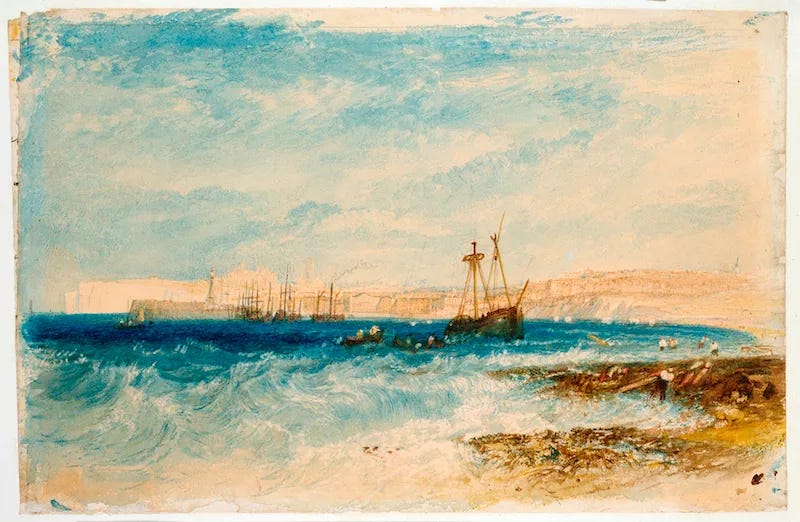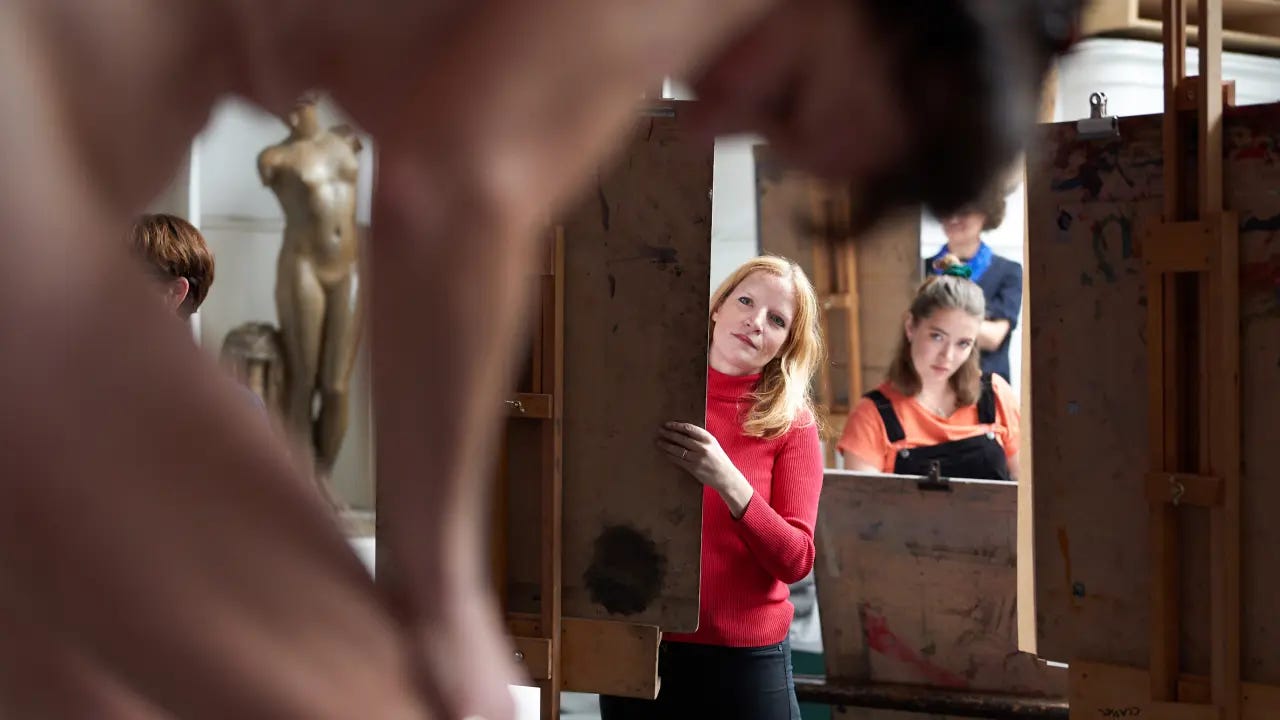More and more lately I hear of creatives and even people outside of the creative industry looking for creative inspiration in robots. I’ll admit, I haven’t tried it out for myself. Probably because I’m a tad scared. Or short on time to discover new things. Or old-fashioned. Or stubborn. I am committed to spending the little free time I have for creativity to pursue the old school creative ways: brush and paints and the like. I’m also just not very tech savvy. I would probably rather use a typewriter, if I had one.
I’m a little bit anti-tech and a hypocrite, you see. I rely on tech in many ways to support my lifestyle but pretend that it doesn’t exist. I commit to little or no screen time only to be found scrolling away on some odd website or app that mimics that addictive aspects of social media (hello, Vinted!). I reduce or rule out TV time for my son, only to be found binge watching Bridgerton hours later. Anyway, I digress.
Muses of the 21st century is what got me started. What are they and where to find them?
In some of my recent conversations I’ve discovered that you can ask AI to create a photographic image that represents an environment or an atmosphere you seek to create, say, a seascape or a cosy room. In other words AI can help conjure up visuals that would represent the kind of space that could spark inspiration to create in just by virtue of bringing together the perfect unique combination of angles, perspective and ratios of cubicles of air and matter. You provide the key words, some basic parameters and – voilà – feast your eyes.
You can also use the images it creates as a starting point for your art. Say, you struggle with drawing hands (which, let’s be honest, many people do!) or teeth (another tricky one, they always come out super odd!) and you grab a template of an archetypal hand or a mouth and just sort of trace around it on an ipad and add your own stamp of creative genius to it. How clever is that? You used to have to try and pull out these visuals from the dustiest pockets of your memory; or to have to persuade a strange woman of questionable moral standards to pose for, say, your Virgin Mary commission, bribed by the prospects of reclining for hours on comfortable chaise lounges, snacking on piles of overly ripe grapes and, in the case of the Pre-Raphaelite Flaming June, simply having an adult nap (bliss!).
Sir Frederic Leighton, Flaming June (1895)
But no more! With AI, it seems that a creative stumbling bloc can be easily overcome at the click of one’s fingers. Or, should I say, at the clacking of a keyboard? It can even create entire complete artworks using your your unique keywords and criteria. I don’t know how it does that. To be honest, I don’t think I want to know. I’m scared. I’m worried that it will show me that picking up my brushes and paints is pointless because a robot can do it much faster and much better. It can probably also turn it into a monetisable enterprise much better than I would. But, you see, I really like the idea of doodling and painting and drawing on paper, by hand, even if it limits my options, so I’m in denial a bit and want to keep doing those things without feeling threatened by what a robot can do or how it can enhance my hobby.
If like me you’re also of the mindset that you’d rather your robots did your laundry and your chores so you can focus on your creativity, here are some foul proof ways to summon your muse in the age of artificial intelligence.
1. Take a trip to the seaside
Nothing beats the sensory massage of lapping glistening waves. I could sit at the seaside for hours, if life permitted me to. The liberating ancient smell of algae and the draw of the cooling depths beyond never fail to shift my mindset. I think it is also fair to say that it has been a constant source of inspiration for myriads of poets, artists and writers. The sea’s fluctuating nature is exactly what gets those creative juices flowing. Even if you aren’t a poet or a writer or an artist, you’re bound to experience at least an ounce of creative inspiration or a lightbulb moment of some sort or something similar. It’s just what the sea does!
Margate (1826–28), J.M.W. Turner. Ashmolean Museum, University of Oxford
2. Spend some time alone
In my experience nothing kills creativity and shoos away those sought-after muses as much as comparing your work to others before you even start. It’s one thing going to an exhibition for a leisurely peek and something altogether different looking at the success of others (particularly on social media, where you only see shiny filtered lives) and getting yourself into an even bigger creative crisis. There are moments when being alone is essential so you can really hear yourself, develop your own technique and stop imitating others. A drishti point of focus is what I think we all need in those moments to stop comparing and looking from side to side to others and to truly focus on what we’re good at. And maybe some good wine.
Konrad Biro, Landscape with lonely figure Print
3. Go to a life drawing class
If you can’t persuade a friend, a lover or an escort to pose for your art, try the good old life drawing class. Many pub function rooms host these. Friends of the Royal Academy of Arts in London can still enjoy life drawings in its historic premises. I am lucky to have been able to attend these back when I was an employee and it never failed to nudge me out of my creative winters.







